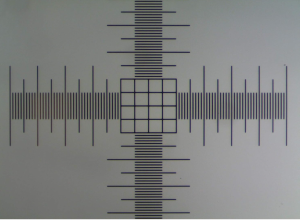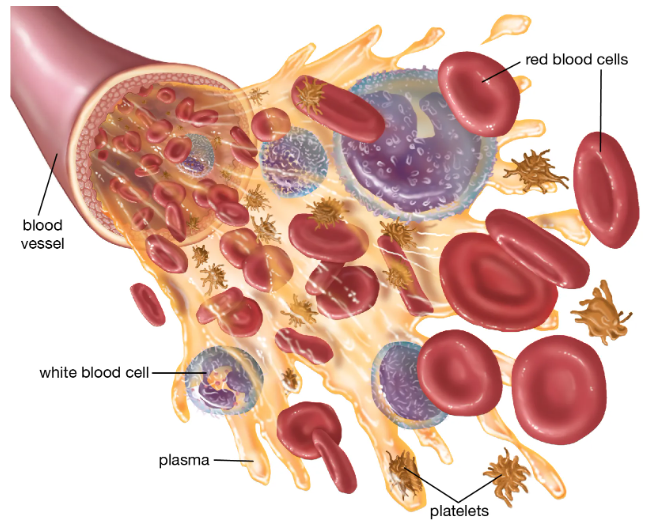Complete blood count CBC test:
Complete blood count is abbreviated as CBC; it involves counting of the red blood cells, platelets and white blood cells. The differential white blood cells count involves counting of the agranulocytes lymphocytes monocytes and granulocytes Neutrophils, Eosinophil, Basophils and platelets. Along with measuring hemoglobin. As well as observing the Physical appearance of the red blood cells and white blood cells and reporting the same with any untoward observations if any in the report for.
The values observed in the Complete Blood count gives an idea of the deficiencies associated with hemoglobin and anemia.
The blood cells are counted with automated equipment, where you need to add the sample, the blood cells are counted based on their size and shape and by coulter counter.
The readings are required to be verified with a manual method which makes use of microscopy, and an examination slide, where only known volume of blood is trapped and it has graduated squares lines, with squares we know the size of the blood cells. Volume of blood is known, area is known, the blood cells are counted visually.

Hematocrit Hct or packed cell volume PCV:
Hct or PCV is obtained by taking a blood sample in a graduated tube, the tube is subjected to centrifugation. Up on centrifugation the red blood cells settle at the bottom. Over the red blood cells, the white creamy layer is formed that is of platelets, and above the platelets layer a translucent pale yellow to liquid layer is observed as shown in the picture. The test can be performed with an automated blood cell counter.
Hematocrit or Packed cell volume is lower in patients suffering from Anemia.
Hematocrit or Packed cell volume is higher in patients suffering with POLYCYTHEMIA.
How is hemoglobin tested?
There are a number of methods available for estimation of hemoglobin out of which one that is popular is discussed here, the principle of working is the same, the hemoglobin produces a colored solution which is measured or compared.
Sahli’s method.
It is a popular method, along with automated hemocytometer, photoelectric colorimeter and automated hematology analyzer.
A special graduated pipet is used for sampling out the known amount for testing the hemoglobin content in the blood; it has a graduation of 20 ccm or 0.02 ml at temperature 27 deg Celsius.

After sampling it is added in the graduated haemometer tube and added with N/10 Hydrochloric acid. Hydrochloric acid breaks down hemoglobin to acid hematin which has a peculiar reddish brown colour. Tube is added with distilled water until the colour of the test preparation matches with the hematomata colour. The dilution required to match colour depends on the concentration of hemoglobin. Low the hemoglobin it will match with lesser dilution and more the hemoglobin it will require more amount of distilled water to match the colour with haemometer colour. The reading of the hemoglobin can be found by comparison to standard.
Blood Cells Limit
Red blood cells Male: 4.3-5.9 million/mm3
Female: 3.5-5.5 million/mm3
Hemoglobin: Male: 13.5-17.5 g/dL
Female: 12.0-16.0 g/dL
White Blood Cells: 4500-11,000/mm3
Neutrophils: 2.5–7.5 × 109/L (Are about 70% of the total
Eosinophil: 0 to 500 per/μL (1 to 3% of the total WBCs)
Basophils: 0 to 300 per/ μL ( .5% to 1% of the total WBCs.)
Platelets: 150,000-400,000/mm3
Clotting time: 2-10 minutes
Bleeding Time: 2-10 minutes
Packed cell Volume Or Hematocrit: Hct: Male: 40%-55%
Female: 35%-47%
Mean corpuscular volume MCV: 81-100 µm3
Mean corpuscular hemoglobin: (MCH): 25.6-34.6 pg/cell
Mean corpuscular Hb Concentration (MCHC): 30%-37% Hb/cell
In patients with anemia, it is the MCV measurement that allows classification as either a microcytic anemia (MCV below normal range), normocytic anemia (MCV within normal range) or macrocytic anemia (MCV above normal range).
Complete Blood Count BCC based Q & A :
1)Relevance of higher and low values of WBC RBC Eosinophil, Basophils, Neutrophil and Hemoglobin.
2) High value of WBC:
2) High Value to RBC:
3) Hemoglobin:
Reference: https://www.ncbi.nlm.nih.gov/pmc/articles/PMC6709845/

Leave a Reply